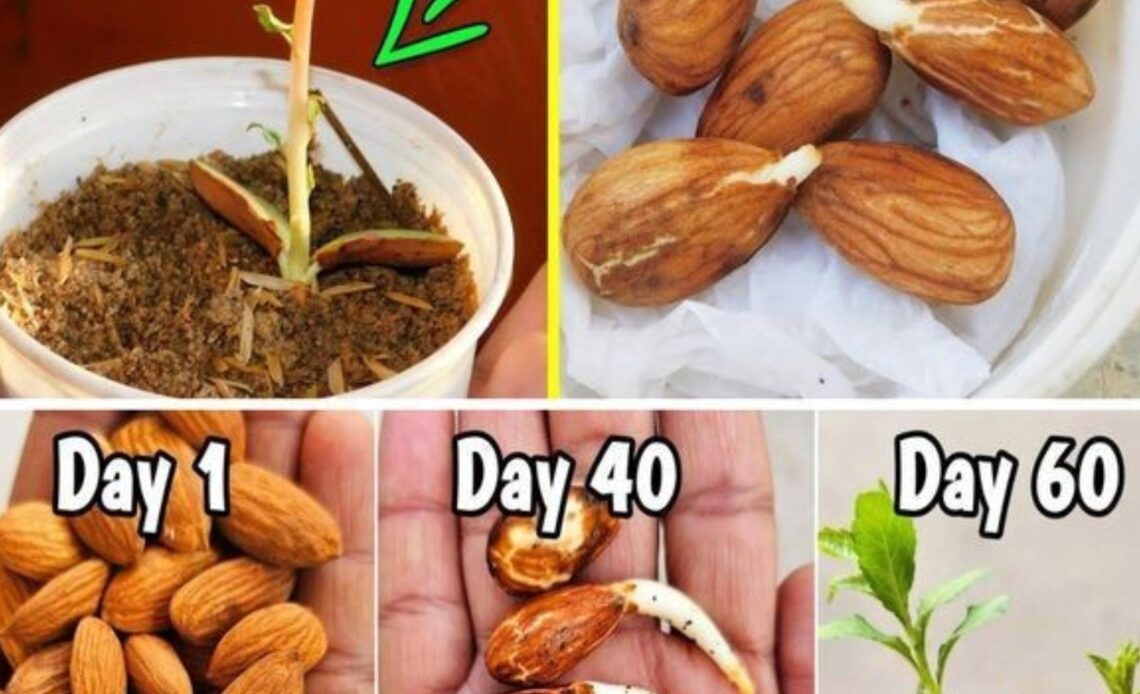Almond trees are a fantastic addition to any home garden, providing not only delicious and nutritious nuts but also beautiful spring blossoms. While growing an almond tree may seem straightforward, there are key factors that can make or break your success. Whether you’re looking to cultivate almonds in your backyard or in a pot, this guide will walk you through everything you need to know to ensure a thriving tree and a bountiful harvest.
## 1. Choosing the Right Almond Variety
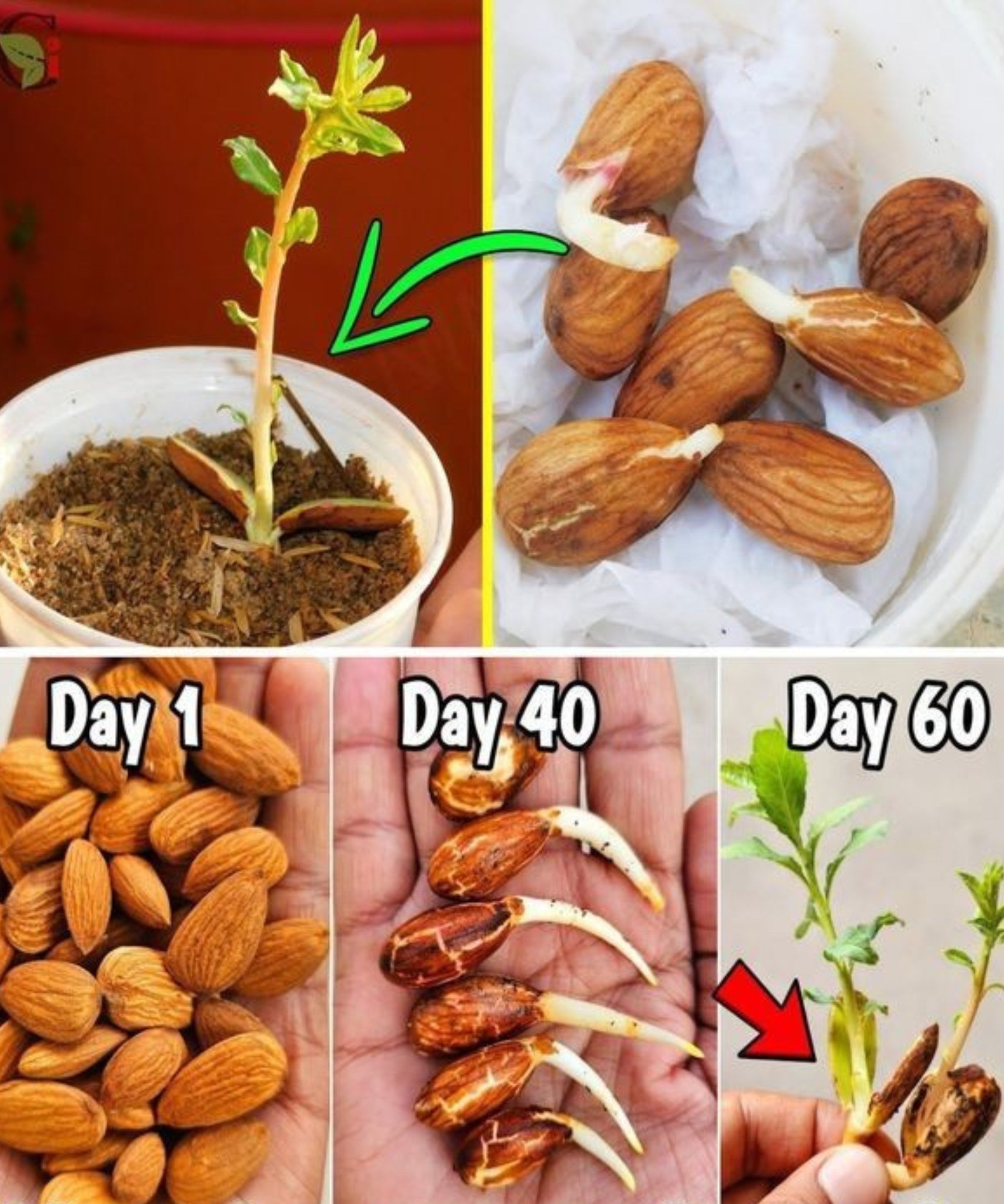
Before you start planting, it’s crucial to select the right type of almond tree. There are two main categories:
– **Sweet Almonds (Prunus dulcis var. dulcis):** These are the edible almonds used for cooking, snacking, and making almond milk. Popular varieties include ‘Nonpareil,’ ‘Carmel,’ and ‘All-In-One.’
– **Bitter Almonds (Prunus dulcis var. amara):** These contain amygdalin, which can be toxic when consumed raw. They are often used for essential oils and extracts but should not be grown for food purposes.
If your goal is to produce edible almonds, opt for a sweet almond variety. Additionally, some almond trees are **self-pollinating**, while others require cross-pollination. If you have limited space, choose a self-pollinating variety like ‘All-In-One.’ Otherwise, planting two different varieties near each other will improve nut production.
## 2. Finding the Perfect Location
Almond trees need specific growing conditions to thrive. Here’s what to look for when selecting the best spot:
– **Climate:** Almonds require **hot, dry summers** and **mild, wet winters.** They grow best in USDA Hardiness Zones **5-9**.
– **Sunlight:** These trees need **at least 6-8 hours of direct sunlight** per day. More sunlight leads to better nut production.
– **Soil:** Well-draining, **sandy loam soil** with a pH between **6.0-7.0** is ideal. Avoid heavy clay soils that retain too much moisture, as this can lead to root rot.
If you live in an area with harsh winters, consider growing your almond tree in a **large pot** so you can move it indoors when temperatures drop.
## 3. Planting Your Almond Tree
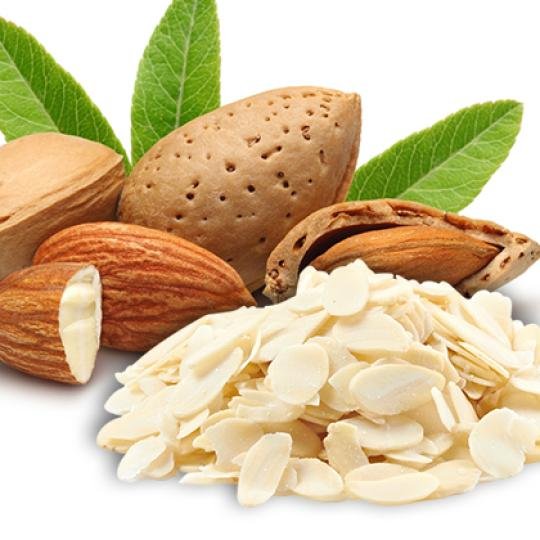
### When to Plant
The best time to plant an almond tree is **late winter to early spring**, just before new growth begins.
### How to Plant in the Ground
1. **Dig a Hole:** Make a hole **twice the size of the root ball** to give the roots room to spread.
2. **Prepare the Soil:** Mix in some **organic compost** to improve soil fertility.
3. **Position the Tree:** Place the tree in the hole, making sure the graft union (if present) is **above soil level.**
4. **Fill and Water:** Cover the roots with soil, press gently to remove air pockets, and water deeply.
5. **Mulch:** Add a layer of mulch around the base to retain moisture and suppress weeds.
### How to Plant in a Pot
1. Choose a **large container** with drainage holes, at least **18-24 inches deep.**
2. Use a **well-draining potting mix** with added sand or perlite.
3. Plant the tree as you would in the ground, ensuring it gets **enough sunlight.**
4. Keep the pot in a **warm spot** during winter or bring it indoors if temperatures drop below freezing.
## 4. Watering and Fertilizing for Healthy Growth
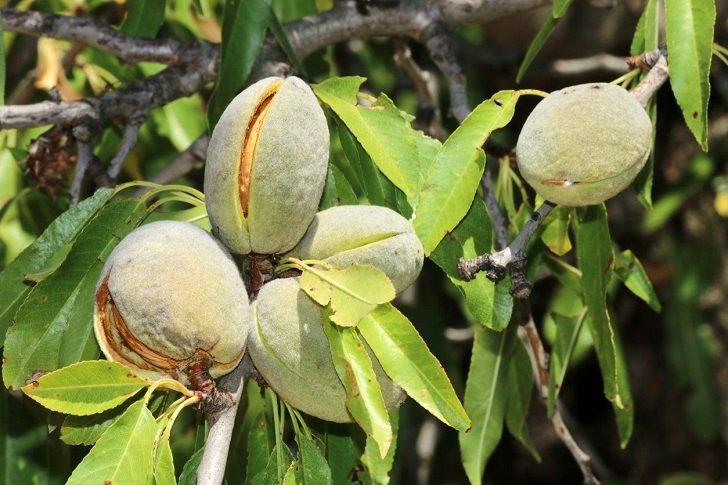
### Watering Needs
– **Young trees** need **regular watering** to establish strong roots. Water deeply **once a week** but avoid overwatering.
– **Mature trees** require **less frequent watering**, about **every 10-14 days**, depending on the climate.
– Reduce watering in winter to prevent root rot.
### Fertilizing Tips
– **Use a balanced fertilizer** (10-10-10) in early spring and summer to promote growth.
– Add **compost** or **aged manure** around the base of the tree for extra nutrients.
– Avoid excessive nitrogen, as it can promote leaf growth at the expense of nut production.
## 5. Pruning and Maintenance
### Pruning
Pruning helps keep the tree healthy, improves air circulation, and encourages better fruiting. The best time to prune is **late winter, before new growth starts.**
– Remove **dead or diseased branches** to prevent infections.
– Trim **excess growth** to shape the tree and allow sunlight to reach all parts.
– Thin out **some blossoms in early spring** for **larger, better-quality almonds.**
### Pest and Disease Control
Common issues include:
– **Aphids and mites:** Can be controlled with neem oil or insecticidal soap.
– **Fungal diseases:** Prevent by ensuring good air circulation and avoiding excessive moisture.
– **Squirrels and birds:** Protect developing almonds with netting if necessary.
## 6. Pollination and Fruiting
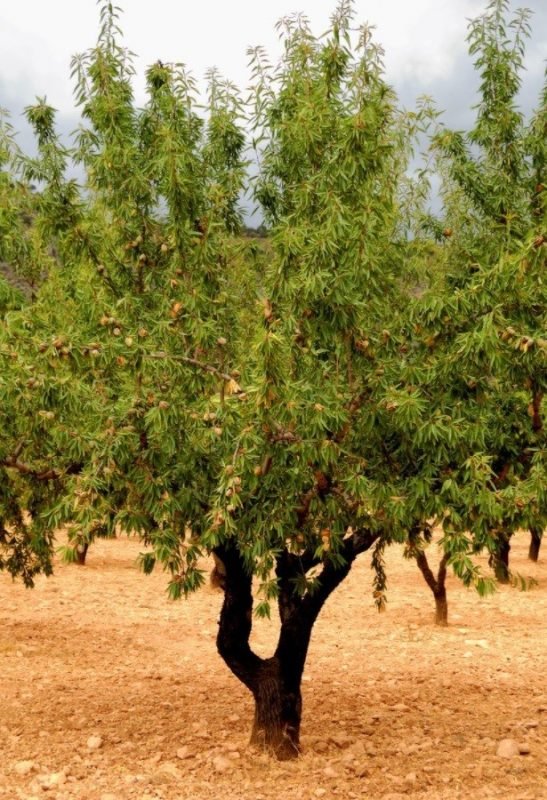
Almond trees **flower in early spring**, producing beautiful pink and white blossoms. However, for successful fruiting, pollination is crucial.
– **Self-pollinating varieties** can produce almonds without another tree.
– **Cross-pollinating varieties** need another almond tree nearby and **bees** to transfer pollen. If natural pollination is low, consider **hand-pollinating** using a soft brush.
It typically takes **3-5 years** for an almond tree to start producing nuts. Be patient, as younger trees focus on developing a strong root system before yielding a harvest.
## 7. Harvesting and Storing Almonds
### When to Harvest
Almonds are ready for harvest **in late summer to early fall** when the outer hull **splits open** and turns brown.
### How to Harvest
1. Shake the tree gently or **hand-pick** the almonds.
2. Remove the outer hull and let the almonds dry **for 1-2 weeks** in a warm, shaded area.
3. Store in an **airtight container** in a cool place for long-term freshness.
## Final Thoughts
Growing an almond tree at home is a rewarding experience, but success requires the right conditions, proper care, and a little patience. By selecting the right variety, providing ample sunlight, and ensuring proper watering and fertilization, you can enjoy a beautiful almond tree that produces delicious, homegrown nuts for years to come.
If you’re ready to start, find a sunny spot, prepare your soil, and begin your journey to fresh almonds right from your own backyard
